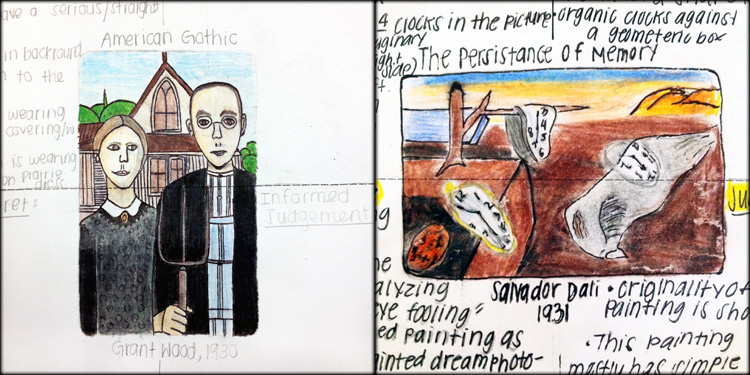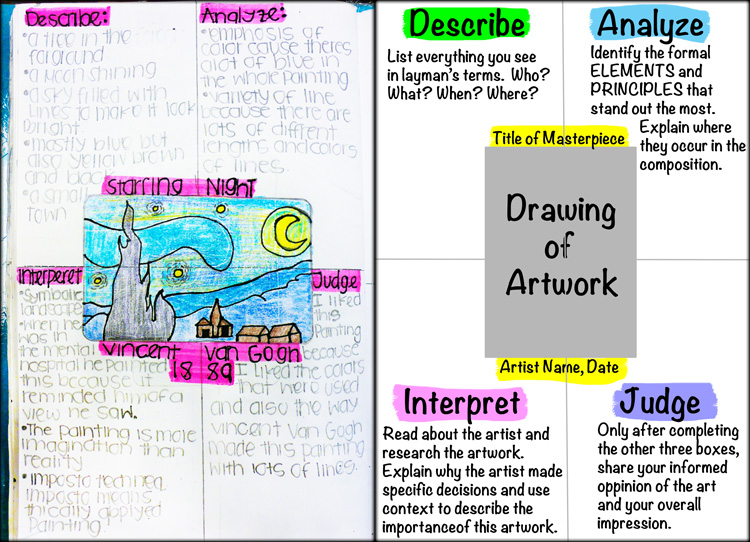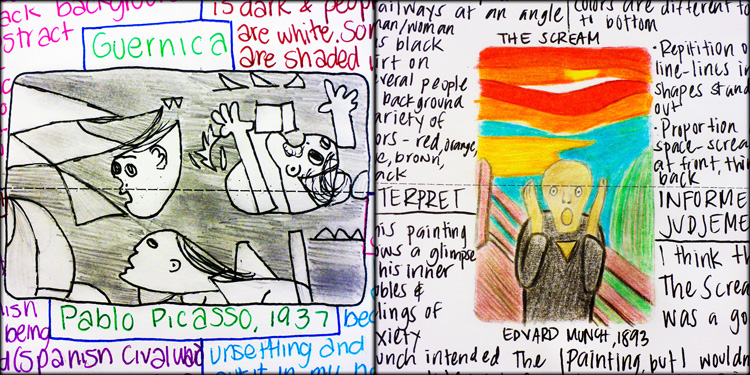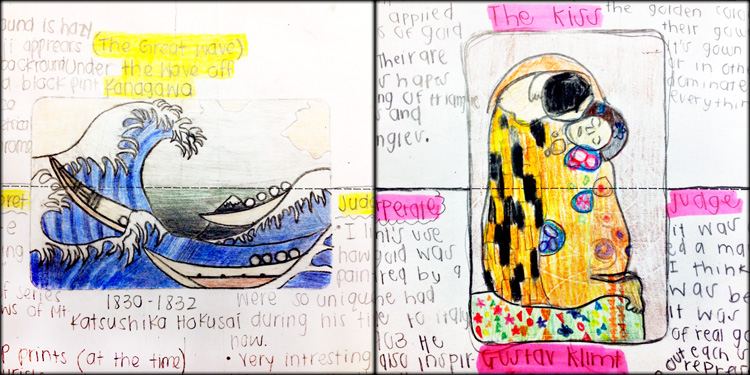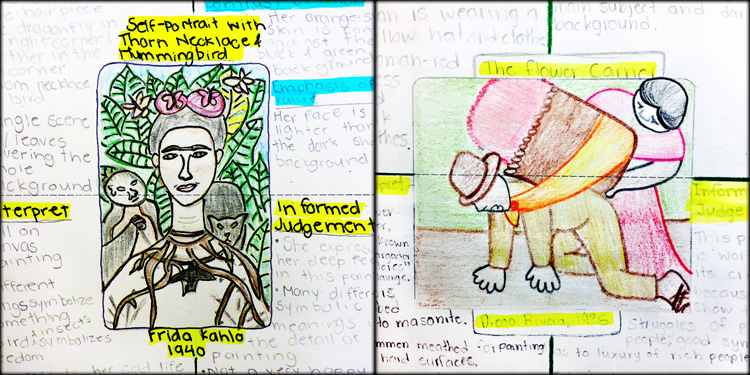“Collaborating for a Cause” was at the heart of this project that involved collecting plastic and waste from local beaches and making a statement about the environment. Â After several beach clean-ups and discussions about our message, students got creative inventing ways to make socio-political recycled works of Art.
FLUX CAPACITY

The title of this artwork references the power and source of the famous “Delorean” from the movie Back to the Future. This iconic car travels through time completely powered by feeding trash into its flux capacitor. Flux is the action of flowing in or flowing out, and capacity is the maximum amount that something can contain.
The artwork titled “Flux Capacity” displays an incredibly powerful, beautiful, and dynamic force of nature that is infected with non-biodegradable plastics that are currently plaguing our oceans, beaches, and marine life. This is a call to all surfers, swimmers, and beach-lovers to join in an effort to clean our waves and water!
ONE EARTH, ONE CHANCE

This artwork seduces you with its beautiful colors and painterly design. Â Once it draws you in closer, it may come as a surprise that parts of it are made from colorful plastics collected from our local beaches.
Sometimes it takes a different viewpoint or creative eye to find something that we normally think of as ugly trash, and turn it into beautiful artwork. Â As you allow this work to sink in, you may begin to uncover the layers of meaning that are captured here.
OUR BEACH

As you read the message in this artwork, who do you see? Â Plastics and trash were adhered onto a mirror surface so as you read the words “Our Beach,” you also see yourself. Â The reflection might evoke feelings of personal responsibility because we all play a part in overconsumption. Â We can also all be part of the solution!
When students came up with the message they wanted to communicate through this artwork, they initially said “Your Beach. Â My Beach. Our Beach… Â Make a Difference.” Â The final artwork was streamlined to impact viewers with a simple and meaningful idea that connects us all.
PLASTIC EARTH

This group of artists formed their composition on a large plastic buoy that was found littering one of our local beaches. Â The mosaic of colorful found-plastics looks beautiful, yet also implicates the threat our Earth faces.
Look closer and you may also notice some familiar island forms whose symbolic colors stand out against the blue-green seas. Â The same threats that face us globally, also ensure imminent local impact. Â Let’s make a positive difference!





